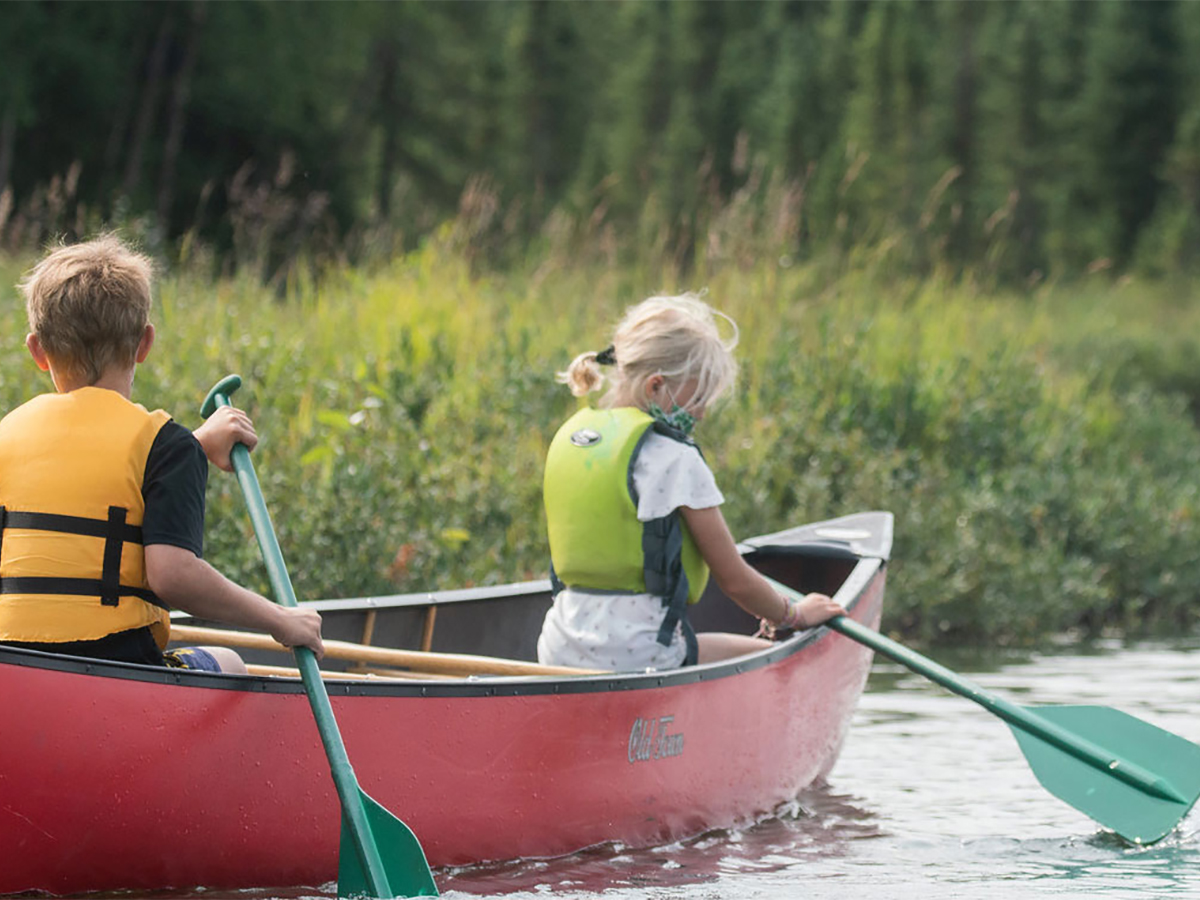
Five key takeaways from program providers about the 2022 summer
By NIKKI YAMASHIRO Posted: Jun 02, 2022
As summer is very much top of mind for many of us as temperatures rise and the unofficial start of summer now in the rearview mirror, a new Afterschool Alliance survey finds that program providers are gearing up for a busy summer. Throughout the pandemic, the Afterschool Alliance has been tracking the ways in which COVID-19 is impacting afterschool and summer learning providers. In the most recent survey, the seventh wave of Afterschool Alliance’s Afterschool in the Time of COVID-19 series, providers report that they are more likely to be open and operating in person this summer and are more optimistic about a return to normal than in previous surveys. However, providers also anticipate challenges, with staffing being the primary concern.
Based on responses from 948 program providers between March 21 and April 12, 2022, below are five takeaways from the newly released brief, “Summer 2022 Outlook from Program Providers”:
- Most program providers plan to open and operate in person this summer. This spring, providers are much more confident about offering programming during the upcoming summer compared to last spring, with 90 percent of program providers saying that they plan to offer summer programs this year, 11 percentage points higher than what was reported last spring (79 percent). Program providers are also more likely to expect to serve students in person, with 94 percent of providers reporting that they plan to serve students mostly or all in person, compared to 64 percent of providers last spring. Nearly 1 in 3 providers say that they are planning to expand their program to serve more children this summer (31 percent).
- Summer programming to take a holistic approach. When asked about planned changes to their summer program, nearly 1 in 3 providers say that they will be placing a greater focus on ensuring a balance of academic and enrichment activities (31 percent) or more intentionally focusing on students’ holistic needs and supporting overall well-being (31 percent). Urban and rural program providers, as well as programs serving mostly students in families with low incomes, are more likely than suburban program providers and programs serving mostly students in families with higher incomes to report plans to ensure a balance of academics and enrichment and to place a greater focus on students holistically.
- Staffing concerns for the summer continues to rise. Program providers reporting that they are concerned about their ability to hire enough staff during the summer is growing, rising from 44 percent in spring 2021, to 57 percent in summer 2021, and now reaching a high of 66 percent. Other top concerns for providers include being able to meet the demand from families (41 percent) and meeting the academic needs of children (39 percent). On the other end of the spectrum, worries about reduced enrollment due to COVID-19 safety concerns have decreased significantly, dropping from a majority of program providers in the spring of 2021 (52 percent) to just 15 percent of program providers today.
- Programs with COVID relief funding are more likely to have plans to expand summer programming. While there is very little difference between program providers with and without COVID relief funding regarding their plans to offer summer programming (84 percent vs. 82 percent), providers who report receiving COVID relief funding are much more likely to report plans to expand summer programming to serve more children (36 percent vs. 29 percent). At the same time, programs with COVID relief funding are more likely than providers without COVID relief funding to be worried about being able to hire enough staff for the summer (72 percent vs. 65 percent) and being able to meet the demand from families (48 percent vs. 40 percent).
- Collaboration between afterschool and summer program providers and schools is an area for improvement. A majority of program providers (56 percent) report that their organization has been involved in conversations with their school district or local schools about how best to support students’ learning this upcoming summer, however, 1 in 3 providers (33 percent) report that they have not. Similarly, 32 percent of providers report that their organization has not been in communication with local education leaders about American Rescue Plan Elementary and Secondary School Emergency Relief funds.
You can read more about the findings in the brief, “Summer 2022 Outlook from Program Providers,” as well as take a look at findings from previous survey waves on our Afterschool in the Time of COVID-19 survey page.